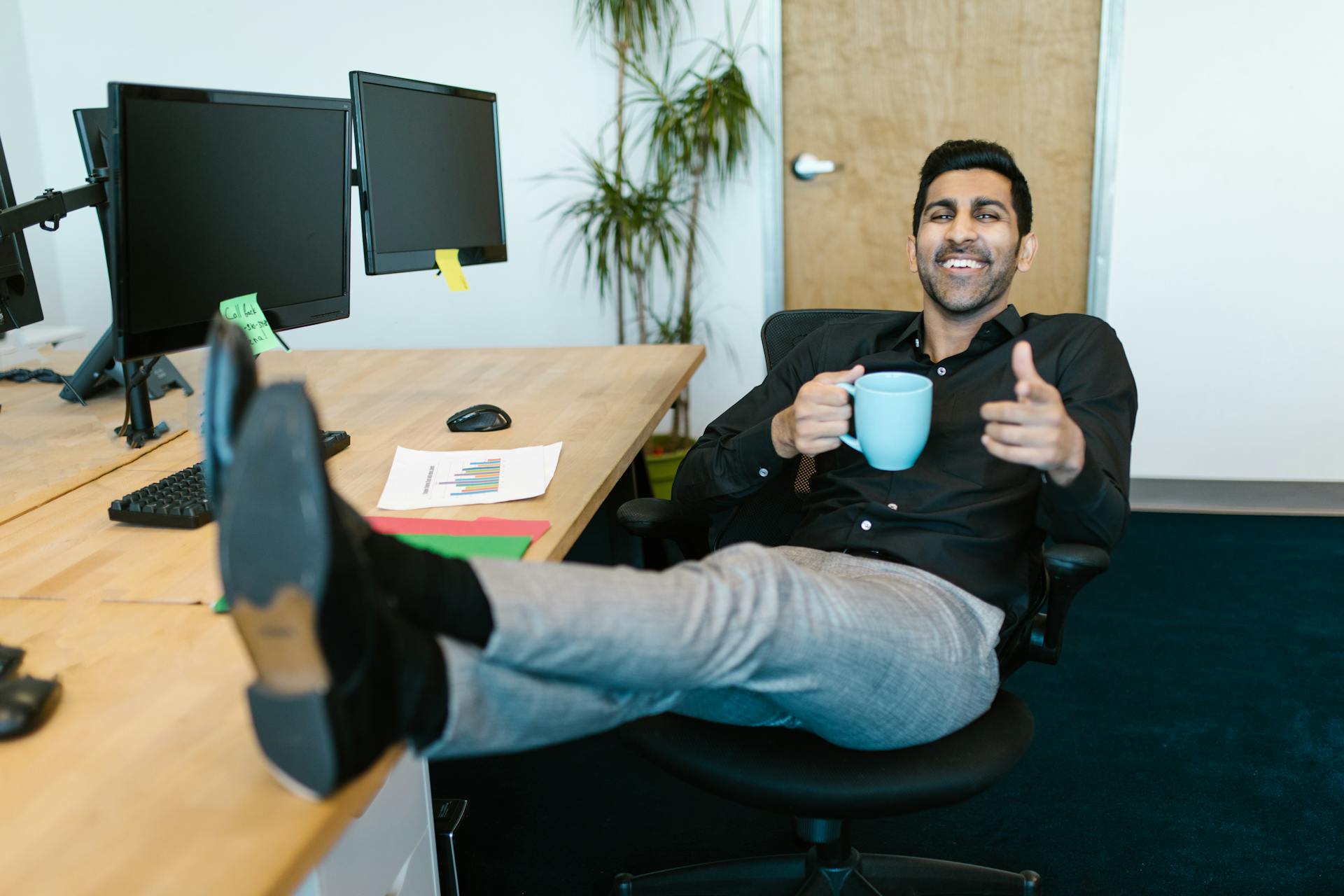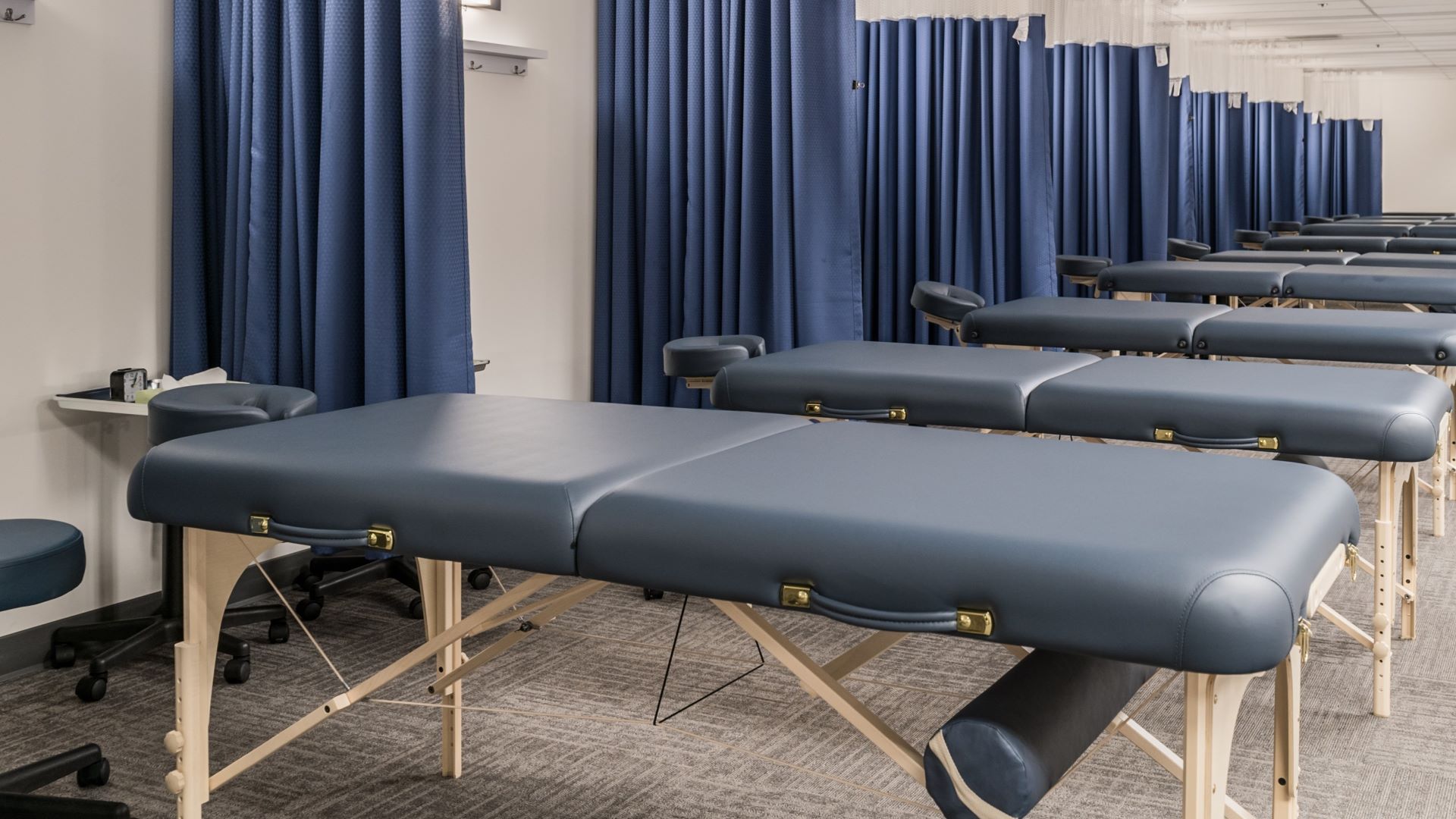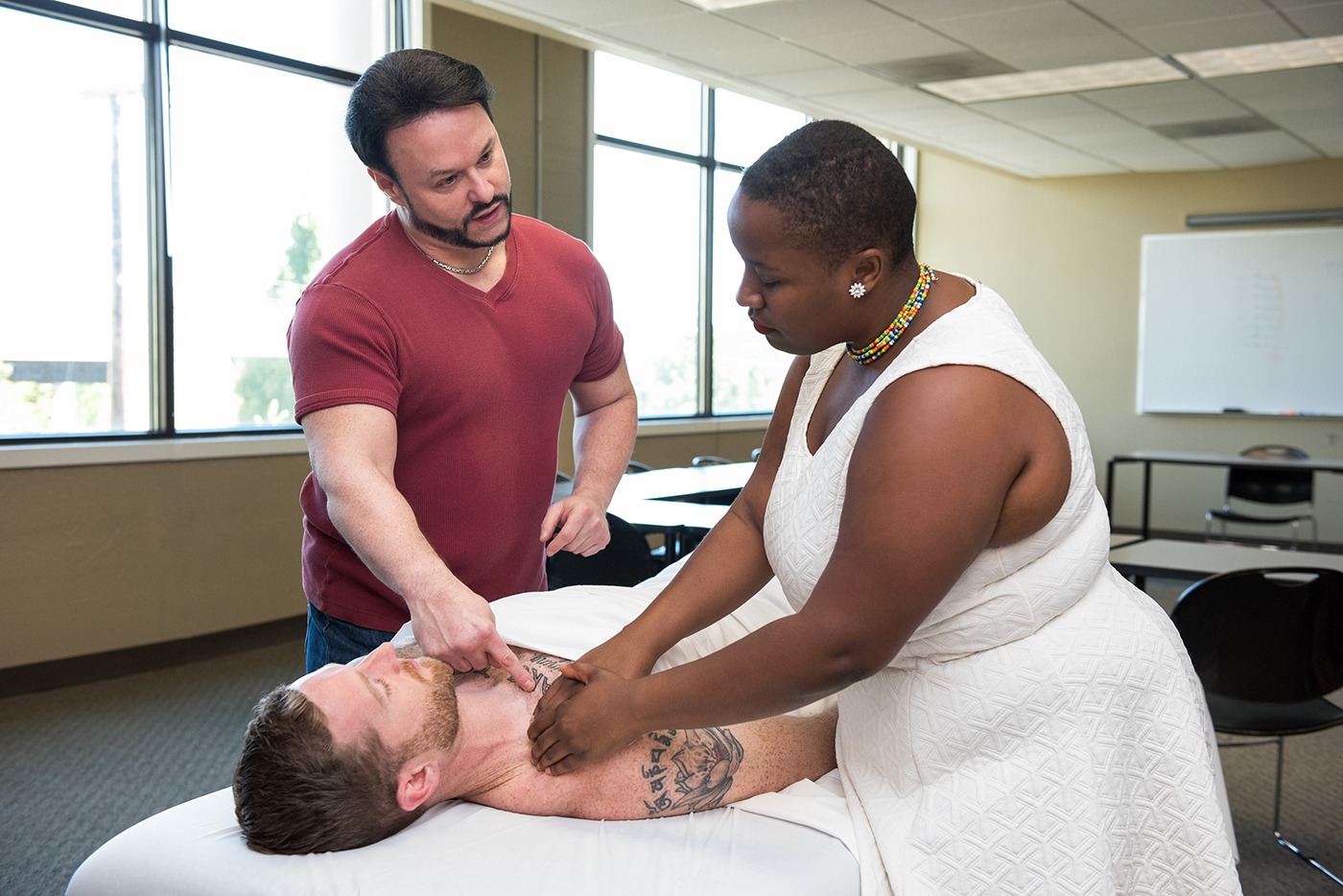The Black Lives Matter movement has brought cultural awareness to the forefront. What is cultural competence, and how can massage therapists apply cultural competency in their massage practices? How does cultural competence in clinical settings improve health outcomes? This blog provides a broad-strokes introduction to the idea of cultural competence in massage therapy, with an eye toward the fact that an Oregon massage therapist license renewal now requires an hour of cultural competence training.
What is Cultural Competence?
According to the CDC’s information for healthcare workers, culturally competence “emphasizes the idea of effectively operating in different cultural contexts, and altering practices to reach different cultural groups.” Culturally competent organizations work effectively with people of different cultures, resulting in improved health outcomes. There are many components of cultural competence, including valuing and adapting to diversity, self-assessing for cross-cultural work, and including cultural awareness into all aspects of operations.
Let’s examine an example of cultural competence in healthcare. In an article for Massage Today, LMT Ann Caitlin describes her experience as an occupational therapy intern in an Iowan hospital. Ann defines cultural competence for health care professionals as “the ability to relate to and provide services for people from cultures and traditions different than one’s own.” She describes how the hospital practiced excellent cultural competence for an older patient of gypsy heritage. Because gypsy principles require that the entire extended family stay on site throughout the patient’s stay, the hospital welcomed their campers to the facility’s parking lot. Hospital workers also facilitated family members to be in the elder’s room day and night, in line with gypsy culture. Ann celebrated how respectful the entire hospital staff was toward this patient and his family.
For an in-depth look at how cultural incompetence can create negative health outcomes, we recommend reading the fascinating non-fiction book The Spirit Catches You and You Fall Down, which documents the tragic collision of U.S. and Hmong cultures in the care of a child.
What does Cultural Competence Look like in Therapeutic Massage?
As the U.S. becomes increasingly culturally diverse, it is more likely that therapists will have patients whose cultures do not match their own. As such, it behooves all LMTs to educate themselves on the many visible aspects of culture (such as traditional games, art, cuisine, and dress) as well as the less visible facets of culture (such as cultural concepts of time, non-verbal communication, and patterns of handling emotions). Spiritual traditions, views of dying and death, family structures, and beliefs about illness and wellbeing are also cultural.
Given that culture encompasses so many aspects of existence, becoming culturally competent is a long journey of many small steps. Here are a few recommendations on how massage therapists can become more culturally competent.
- Explore your own Cultural Identity. Knowing where you come from can help you empathize with others. Journaling about the ways your family and wider culture influenced you is a good place to start. While growing up, what norms did you absorb regarding spiritual beliefs, personal habits, social roles, healing, and relating to others?
- Research the cultural diversity in your area. Did you know that Portland is home to sizeable Russian and Somali populations? Taking in cultural events in your area can help you get to know the more visible aspects of different cultures. Plus, it is fun to eat new foods and take in unique works of art, such as cultural dances.
- Adopt an Attitude of Openness and Curiosity. If you have a question, ask. If you are working in a hospital setting, ask questions of the patient’s interdisciplinary team. (Social workers, chaplains, and family members are especially great resources. And don’t feel afraid to ask the client directly—their response will generally be gratitude for your respectful inquiry.
- Listen with your Whole Self. Practice listening authentically, with your ears, eyes, mind, and heart. Avoid interrupting or assuming you know what the speaker means. Your deep listening will provide insight for the best actions to take.
- Appreciate Cultural Differences regarding Touch. Did you know that traditional Koreans see the soul as residing in the head? They may respond with concern when a child is patted on the head. Each culture has its own approach to touch. Listening deeply to your clients’ verbal and non-verbal communication will help.
Through consistent dedication to improving your cultural competence, you can:
- Become aware of unconscious biases, to better understand each client.
- Increase client trust for better communication about health issues, and ultimately, better treatment.
- Avoid cultural blunders, such as commenting on an African American woman’s hair weaves or clips.
- Understand which questions to ask to help clients with different cultural backgrounds communicate their preferences.
For instance, in Massage Magazine, massage therapist Roger Buttrick attributes his success with a Muslim client to cultural competence education. Before beginning the session, he asked this client if there was anything she wanted him to do in order to increase her comfort. He recalls, “She said she only wanted her arms and legs and back massaged, but didn’t want to be uncovered. My ability to ask that question came from diversity training.”
The Oregon Board of Massage Therapists now requires at least one hour of cultural competence training for each renewal of an Oregon massage therapist license. Our massage school in Portland is a great resource for all continuing education, including cultural competence training. In fact, earlier this month we hosted a workshop on cultural competence for massage therapists. For upcoming classes, stay tuned to our website of Portland massage therapy continuing education classes.



